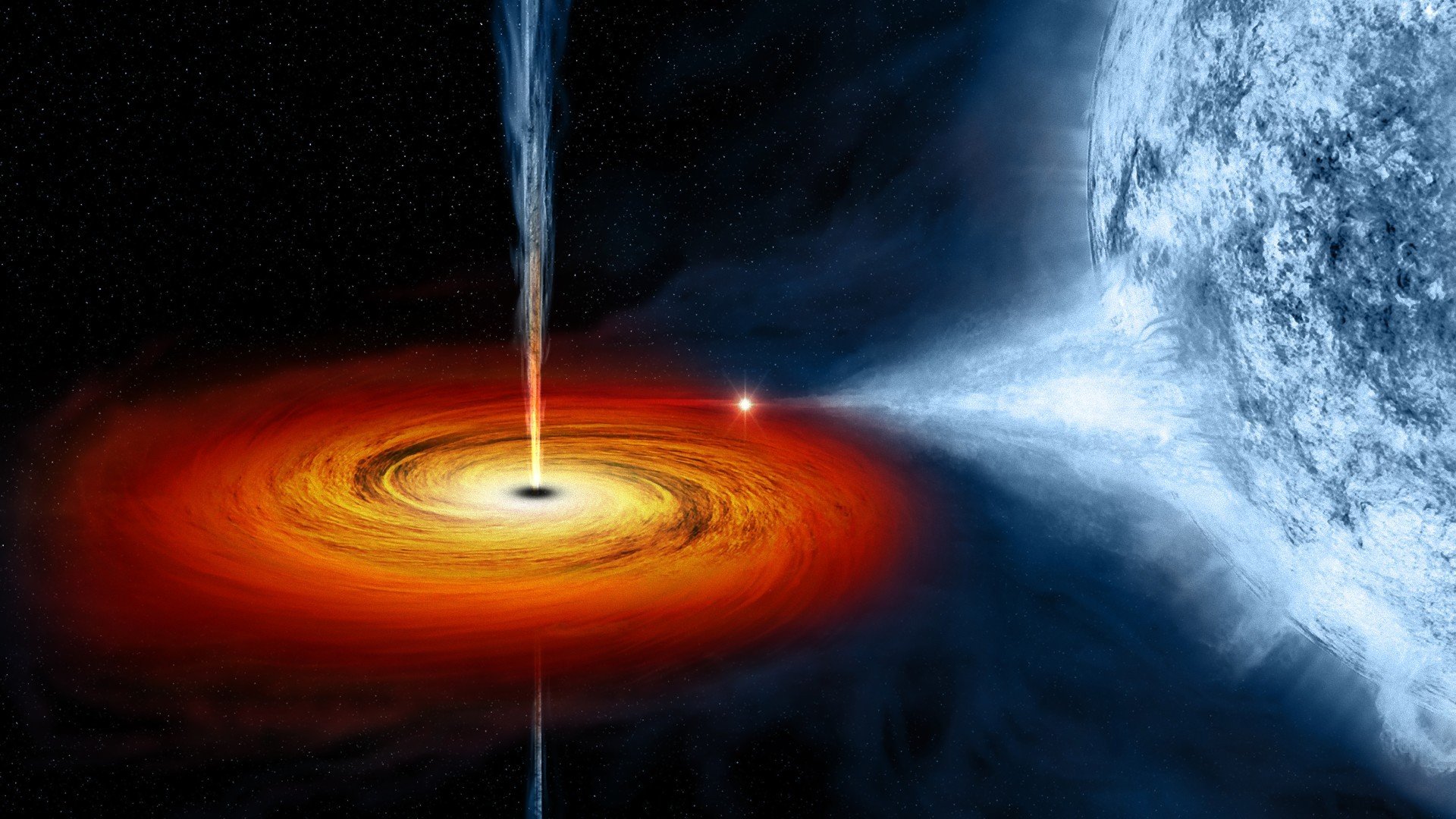
(Cambridge: Cambridge University Press, 2009). Rees, Gravity’s Fatal Attraction, 2nd ed. A popular account closely related to the subject of this essay is Mitchell Begelman and Martin J. Frolov and Andrei Zelnikov, Introduction to Black Hole Physics (Oxford: Clarendon Press, 2011). Monographs on black holes include Subrahman yan Chandrasekhar, The Mathematical Theory of Black Holes (Oxford: Clarendon Press, 1992) and Valeri P.

Wald, General Relativity (Chicago: University of Chicago Press, 1984). Hartle, Gravity: An Introduction to Einstein’s General Relativity (San Francisco: Addison-Wesley, 2003) Sean Carroll, Spacetime and Geometry (San Francisco: Addison-Wesley, 2004) and Robert M. (Cambridge: Cambridge University Press, 2009) James B. 1Textbooks on general relativity include Bernard Schutz, A First Course in General Relativity, 2nd ed.And since the general theory of relativity provides only a single unique. An eloquent tribute to the austere mathematical beauty of these objects is given by the astrophysicist Subrahmanyan Chandrasekhar in the prologue to his monograph The Mathematical Theory of Black Holes: “The black holes of nature are the most perfect macroscopic objects there are in the universe: the only elements in their construction are our concepts of space and time. Remarkably, an isolated, uncharged black hole is completely characterized by only two parameters: its mass and its spin (or angular momentum). Although black holes are an inevitable consequence of Einstein’s theory, their main properties were only understood–indeed, the name was only coined–a half-century after Einstein’s work. More precisely, a black hole is a singularity in space-time surrounded by an event horizon, a surface that acts as a perfect one-way membrane: matter and radiation can enter the event horizon, but, once inside, can never escape. We estimate (on the basis of a near-infrared spectrum) that the black hole has a mass of ∼1.2 × 10(10) M Sun symbol, which is consistent with the 1.3 × 10(10) M Sun symbol derived by assuming an Eddington-limited accretion rate.Black holes are among the most alien predictions of Einstein’s general theory of relativity: regions of space-time in which gravity is so strong that nothing –not even light–can escape. On the basis of the deep absorption trough on the blue side of the Lyman-α emission line in the spectrum, we estimate the proper size of the ionized proximity zone associated with the quasar to be about 26 million light years, larger than found with other z > 6.1 quasars with lower luminosities.

It has an optical and near-infrared luminosity a few times greater than those of previously known z > 6 quasars. Here we report the discovery of an ultraluminous quasar, SDSS J010013.02+280225.8, at redshift z = 6.30. The existence of such black holes when the Universe was less than one billion years old presents substantial challenges to theories of the formation and growth of black holes and the coevolution of black holes and galaxies. Each quasar contains a black hole with a mass of about one billion solar masses (10(9) M Sun symbol). So far, roughly 40 quasars with redshifts greater than z = 6 have been discovered.

AT2021lwx thus represents an extreme extension of the known scenarios of black. 7 Steward Observatory, University of Arizona, Tucson, Arizona 85721-0065, USA. A plausible scenario is the accretion of a giant molecular cloud by a dormant black hole of 108109 solar masses.6 Kavli Institute for Astronomy and Astrophysics, Peking University, Beijing 100871, China.5 Mount Stromlo Observatory, Research School of Astronomy and Astrophysics, Australian National University, Weston Creek, Australian Capital Territory 2611, Australia.4 Shanghai Astronomical Observatory, Chinese Academy of Sciences, Shanghai 200030, China.3 1] Yunnan Observatories, Chinese Academy of Sciences, Kunming 650011, China University of Chinese Academy of Sciences, Beijing 100049, China Key Laboratory for the Structure and Evolution of Celestial Objects, Chinese Academy of Sciences, Kunming 650011, China.2 1] Kavli Institute for Astronomy and Astrophysics, Peking University, Beijing 100871, China Steward Observatory, University of Arizona, Tucson, Arizona 85721-0065, USA.1 1] Department of Astronomy, School of Physics, Peking University, Beijing 100871, China Kavli Institute for Astronomy and Astrophysics, Peking University, Beijing 100871, China.


 0 kommentar(er)
0 kommentar(er)
